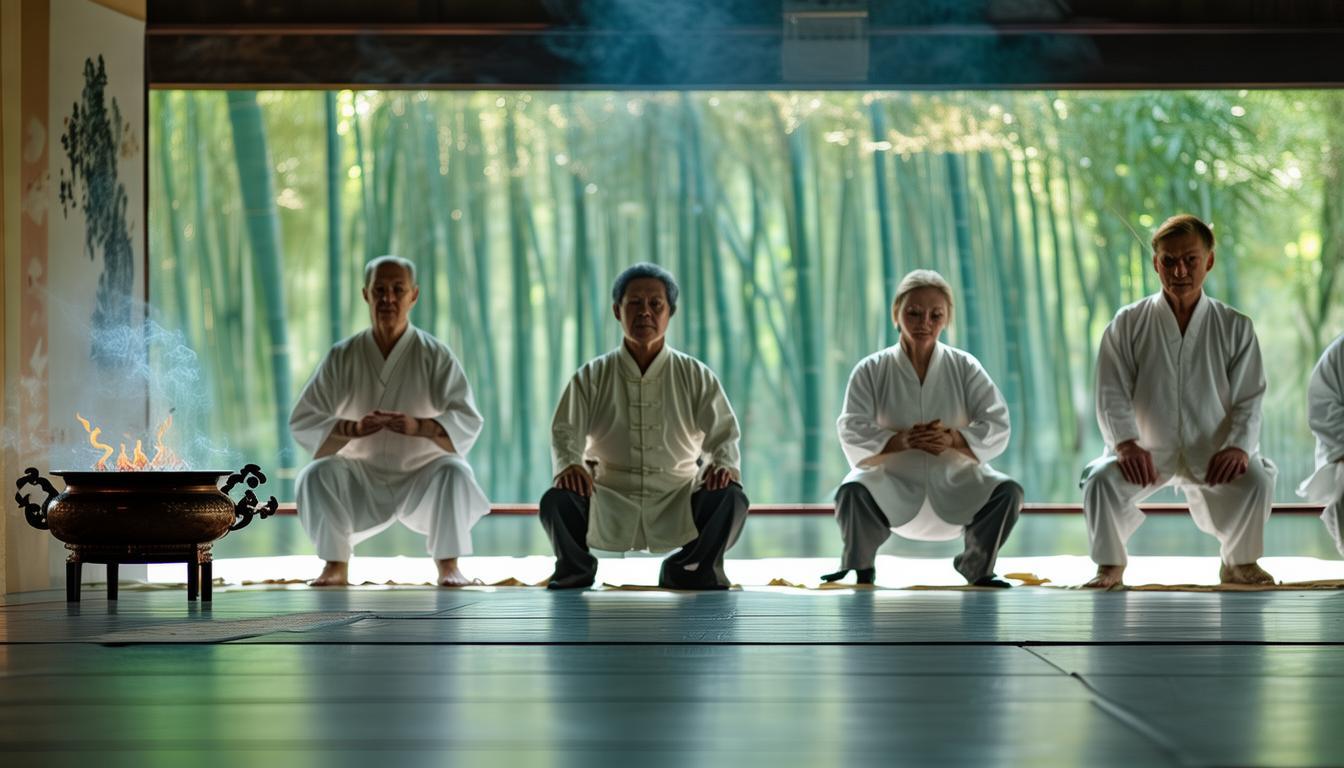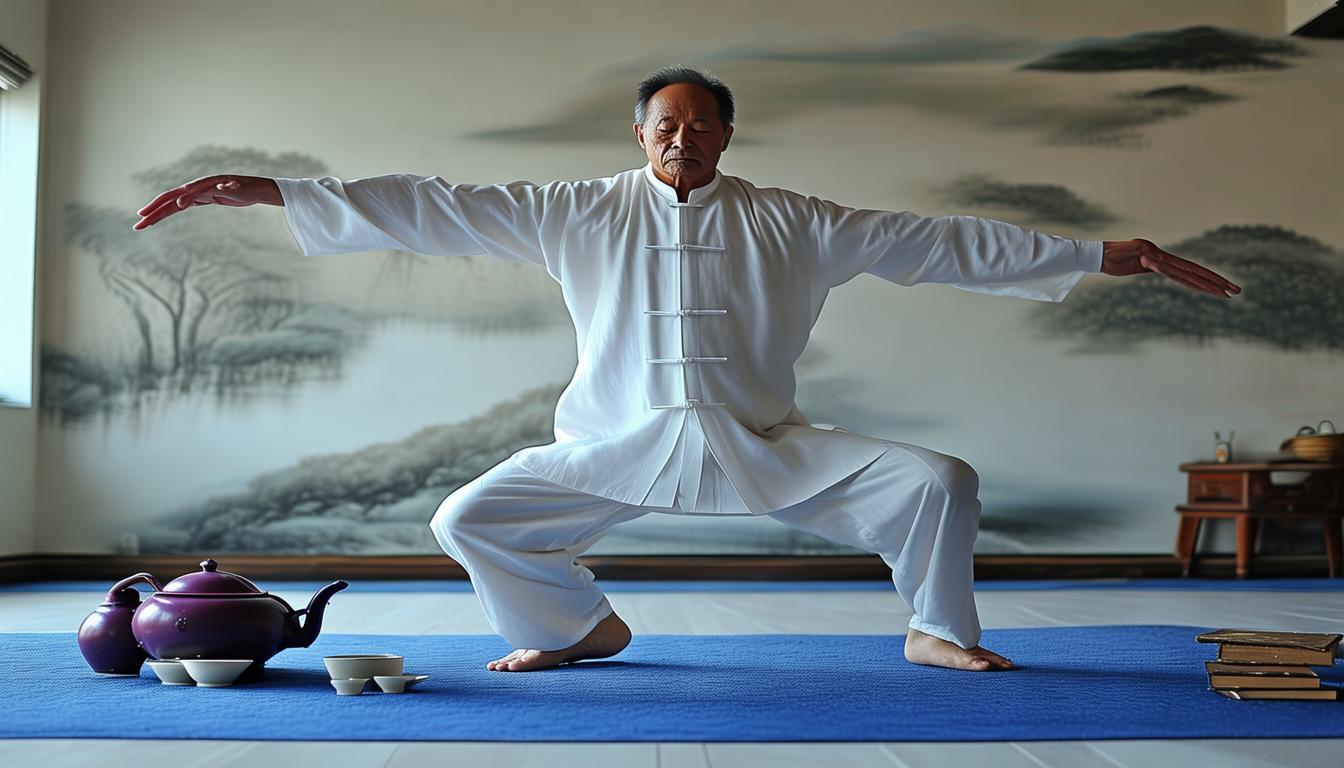Tai Chi For Diabetes , a classic work in Chinese martial arts, combines rich connotations such as ideas, life maintenance and practical skills. Practicing this kind of boxing can make a person stronger, and at the same time, you can understand the profoundness of national culture through movement changes. Next, I will talk about Tai Chi from different angles.
History origin
Tai Chi has a very long history, and there are many different opinions about its origin. One of the views believes that it originated in Chenjiagou and was invented by Chen Wangting; there are other different explanations. In any case, after a long period of spread and evolution, it has become an outstanding representative of Chinese martial arts culture. It contains the talents and efforts of its predecessors, and continues to accumulate and improve in the course of history.
During the evolution of this kind of boxing, it formed multiple branches, such as the Yang family, the Wu family, and the Wu family, and each branch has its own characteristics. These branches learn from each other and promote each other, which together led to the progress and spread of Tai Chi.
Fitness effects
Practicing Tai Chi has a wide range of benefits to the body. It helps to boost the vitality of the heart and lungs, promote blood flow, and ensure that all parts of the body receive adequate nutrition. In addition, it can enhance the body's flexibility and balance, making people move more freely. Persisting in practicing for a period of time can significantly improve your overall health.

From a psychological perspective, Tai Chi also has significant effects. It helps relax physically and mentally, reduces the mental burden, and allows people to find a moment of peace in their busy daily life. In addition, practicing Tai Chi can improve people's concentration ability and enhance their will quality, which is very beneficial to overall health.
Basic moves
Tai Chi includes many postures, such as starting a momentum, embracing the bird's tail, single whip, etc. These postures each have their own unique movements and connotations. As the starting part of Tai Chi, the starting momentum requires physical relaxation and mental concentration to lay a solid foundation for the next movement.
Lanquewei is a representative action in the sect, combining four techniques: Peng, Lu, Squee and Shu, demonstrating the core concept of Tai Chi to soften hardness. When practicing such movements, you must pay attention to the accuracy of the posture and the fluency of the movements. Only in this way can you understand the deep connotation of Tai Chi.
Key points for practice
When practicing Tai Chi, you should pay attention to your posture, be upright and breathe smoothly. Breathing should be coordinated with movements, and you should guide your breath carefully and use your breath to promote your body. In addition, the force should be moderate, and it should not be too stiff or too weak. In a relaxed state, use internal strength to lead the movement.

Emotional state is also crucial. Studying Tai Chi is a matter of gradually deepening, and you should not be eager to achieve success. Be sure to maintain a peaceful state of mind and experience the meaning conveyed by each move. Only in this way can we continue to improve during the drill.
Cultural connotation
Tai Chi is rich in cultural heritage, which reflects the yin and yang theory in traditional Chinese thought. Yin and Yang are contradictory and connected with each other Tai Chi Courses Online , which is fully expressed in Tai Chi moves. Hard and soft, activity and stillness, empty and full are all displays of yin and yang.
It is closely related to the meridian theory of traditional Chinese medicine. With the help of practicing Tai Chi, you can unblock the meridians and balance the qi and blood, so Tai Chi helps promote health. It is like a bond connecting many areas of Chinese traditional culture.
Have you ever had a unique experience when practicing Tai Chi? This article is well written, you can click on it and forward it to people around you.


